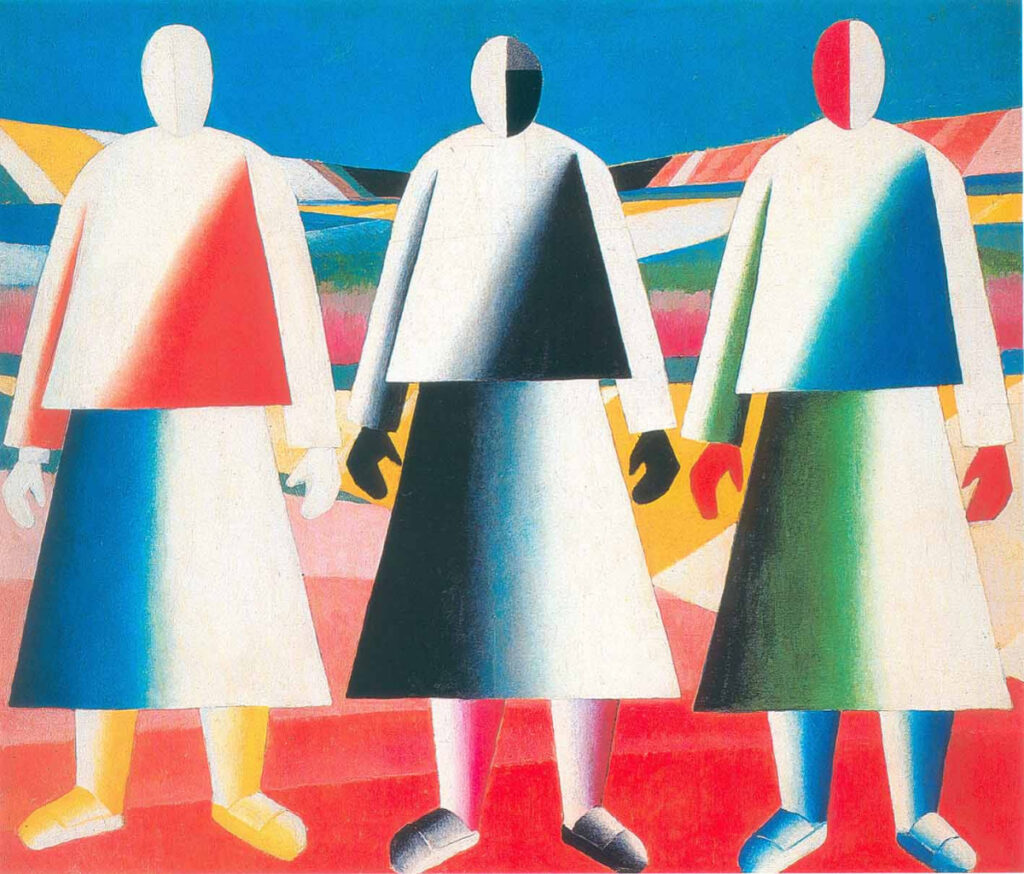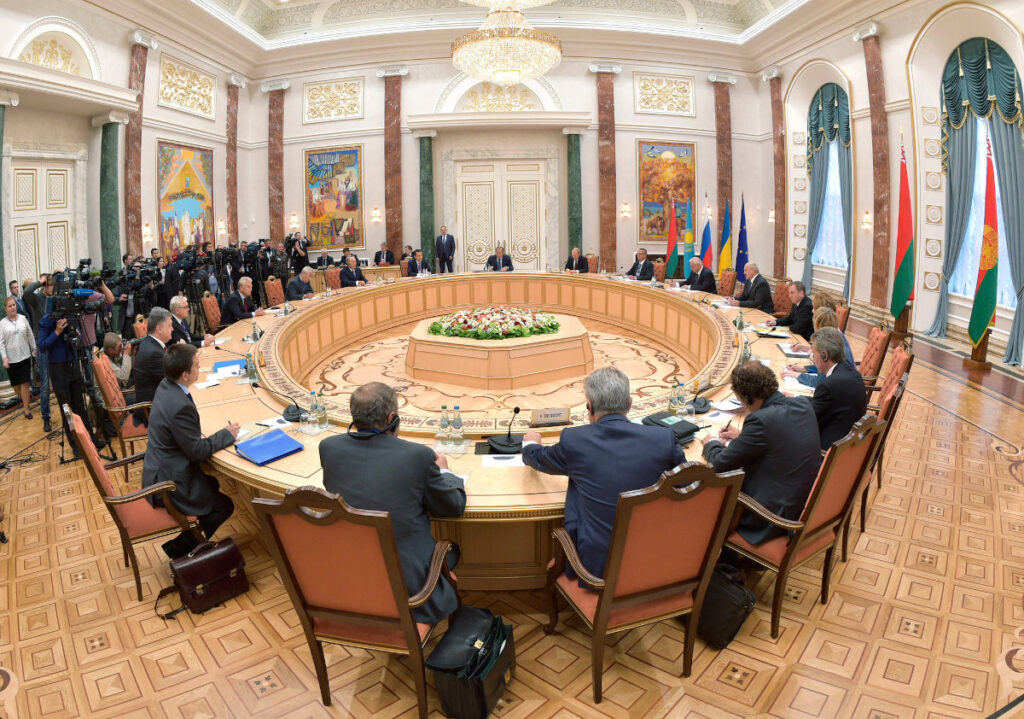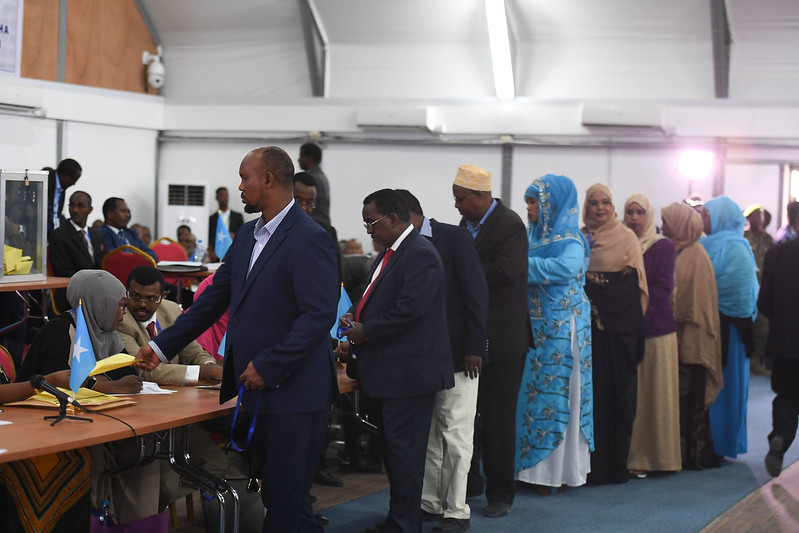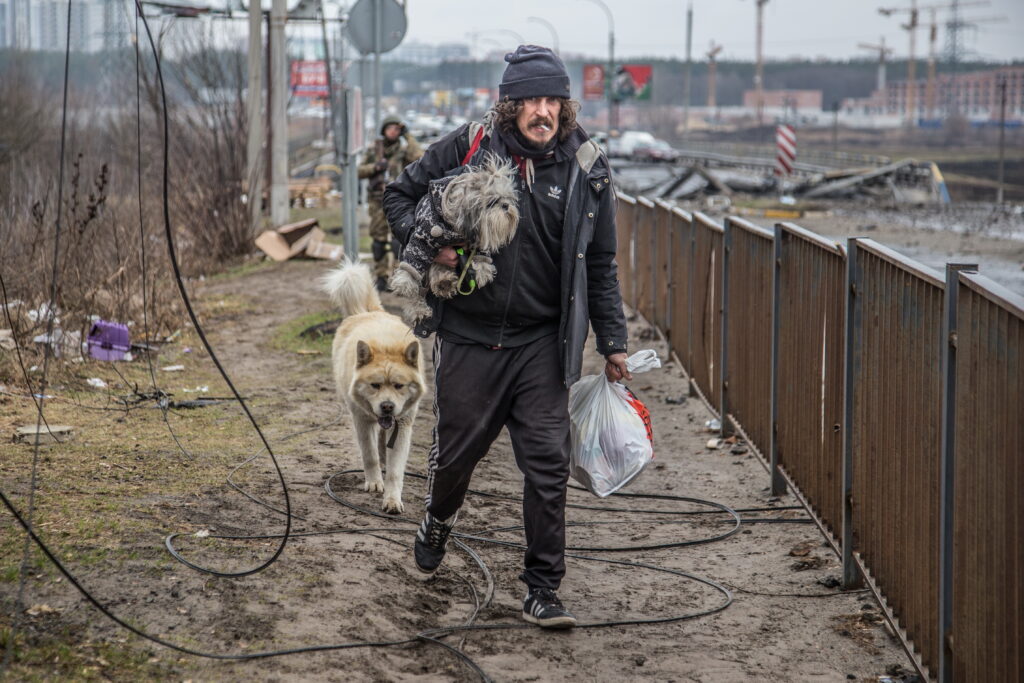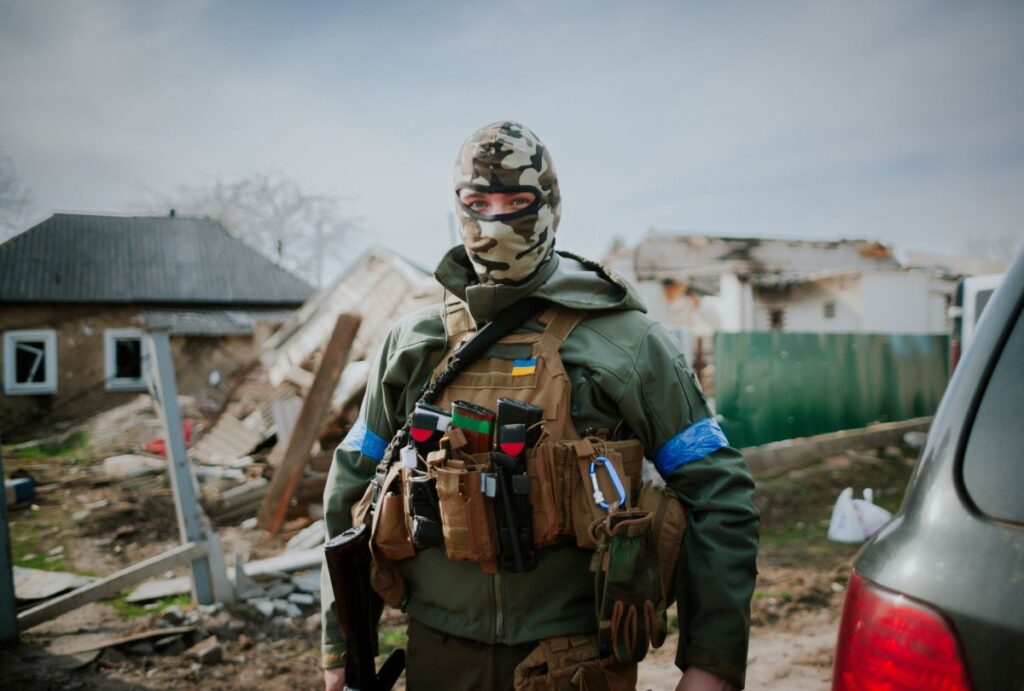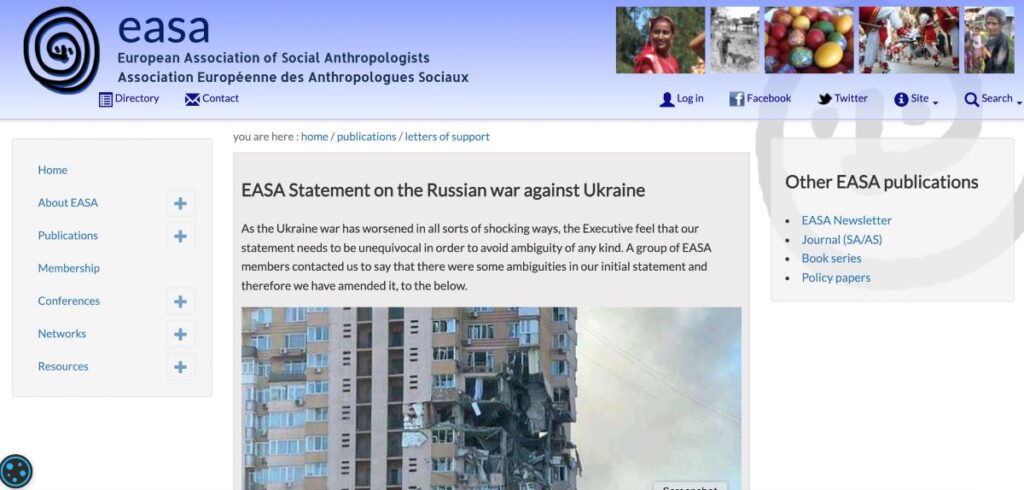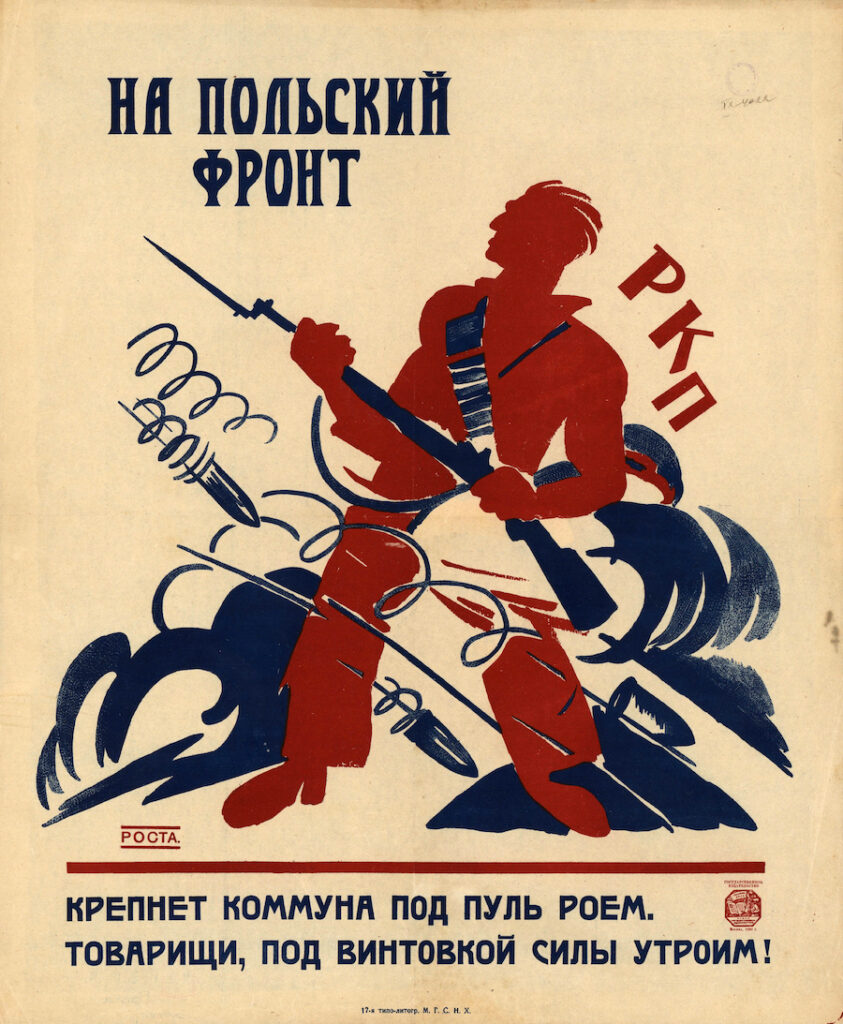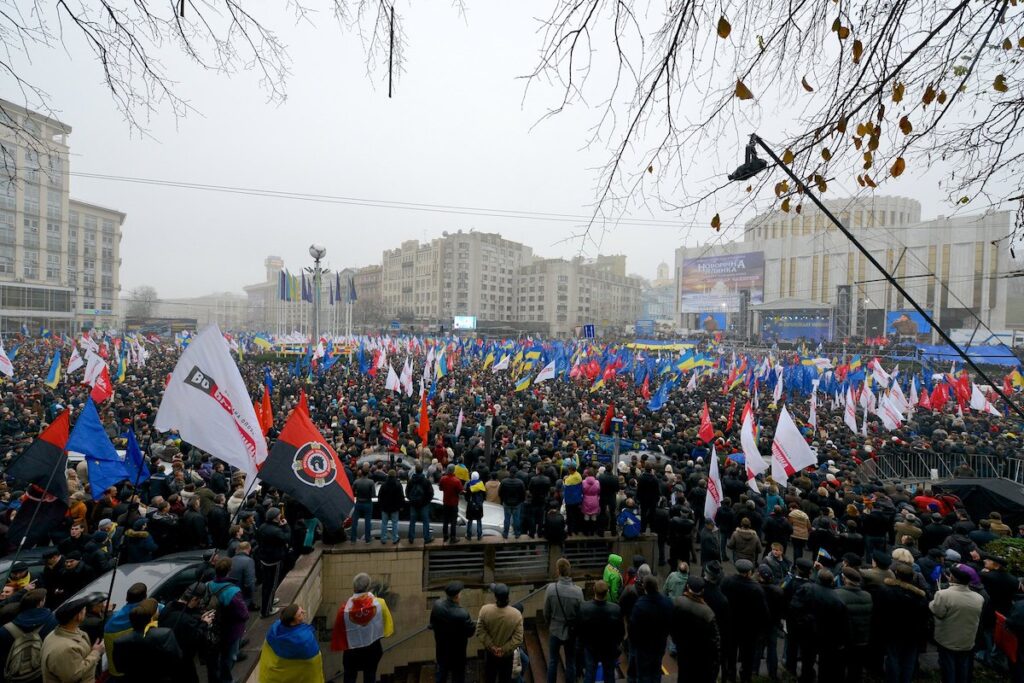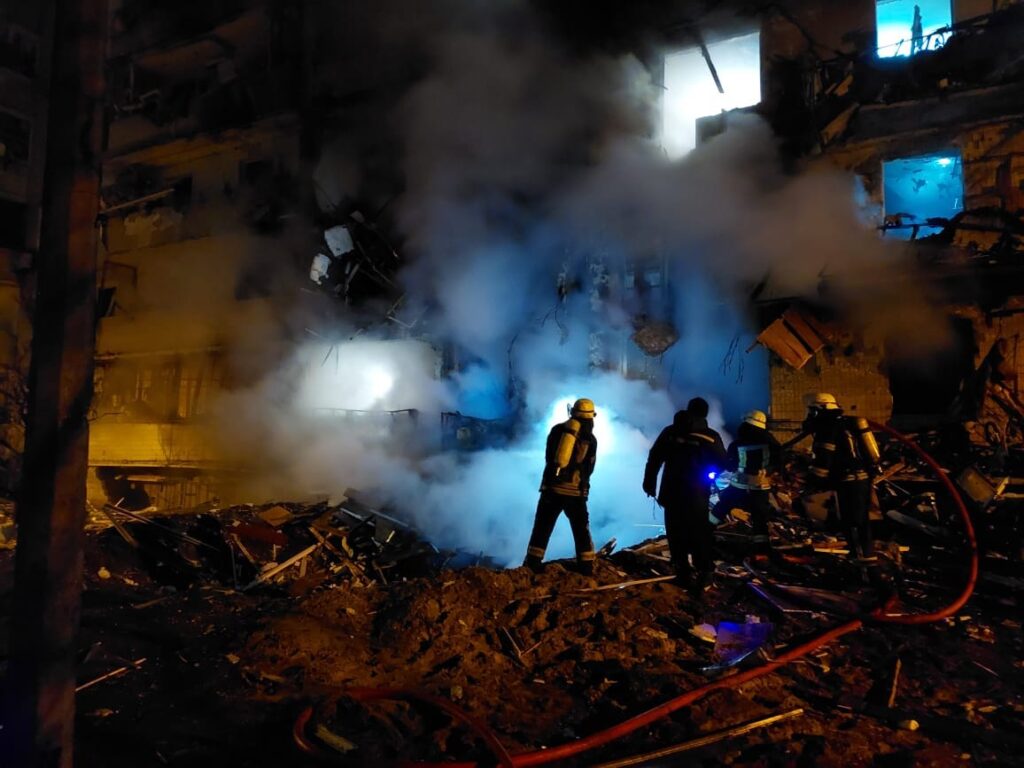Since the beginning of the Russian offensive on Ukraine on February 24th, over 5 million people have registered for temporary protection programmes and other schemes across Europe. By and large, Ukrainians have been granted access to assistance, and extended legal statuses allowing them to enter and settle in EU Member States. While this unusual generosity on the part of European States should be applauded, it has given rise to a range of questions about the differentiated treatment of Ukrainians as compared to other displaced groups. A result of this configuration, the many issues surrounding the engagement with Ukrainian displacement have been mainly framed in comparative terms: How have Ukrainians been received in comparison to refugees who arrived in 2015? Why have Ukrainians been allowed to settle in Europe when there are thousands stuck at the Belarus-Polish border? Why have non-Ukrainians fleeing Ukraine been treated differently? Consequently, the public debate has been largely dominated by calls for the inclusion of Ukrainians, suddenly considered to be Europe’s own, flanked by denunciations of the EU’s selective indignation as hypocritical and racist.
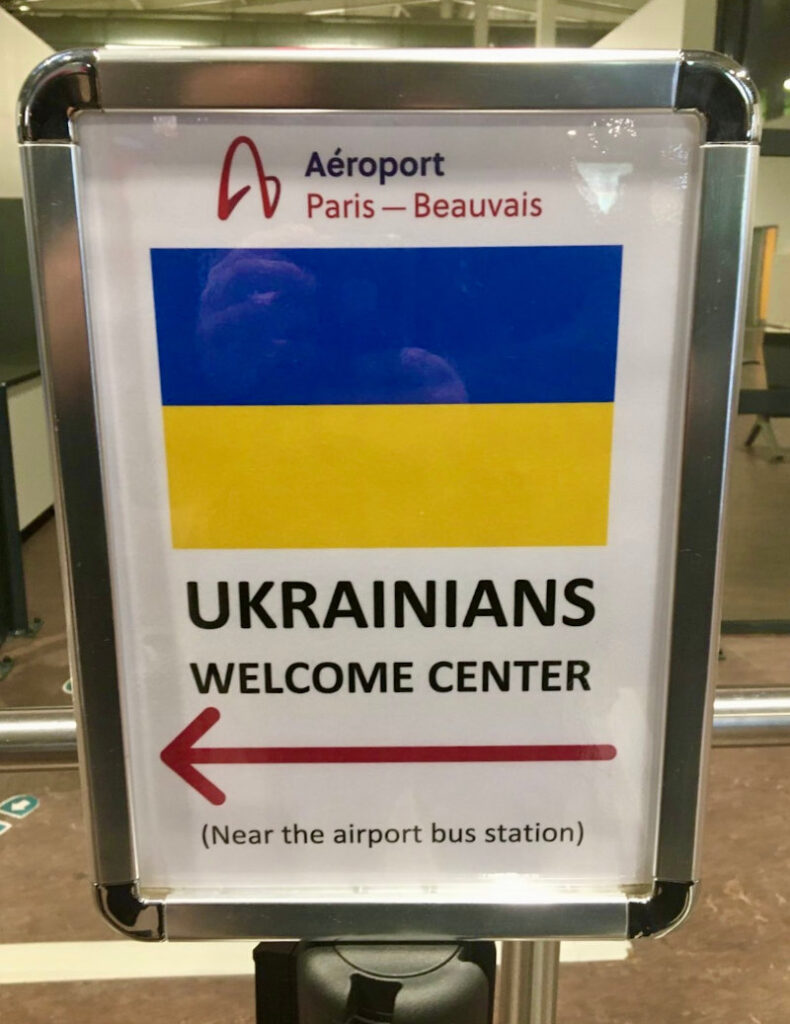
Beyond official responses by states and their institutions, civilian and grassroots reactions have also been polarised across such lines. When, in early March 2022, I visited Budapest’s train stations, where a range of NGOs and networks of residents were gathering to welcome people fleeing Ukraine, the question of the specific qualities and perceived features of people arriving were central to conversations. A volunteer with a Hungarian Church NGO, pointing in the direction of a woman and her three children, stated: “Look, they are tired, they are vulnerable women and children: they are the real refugees”. He went on to explain that he also came out to help people passing through Budapest in the summer 2015 even though, according to him, many at the time were not refugees but, “migrants or Islamic terrorists”. When I highlighted that, to my knowledge, what legally identified a refugee was the conflict or persecution they were fleeing from, rather than undefined notions of worth connected to their perceived gender, age, or religion, he emphasized that some people deserved asylum while others did not.
Clearly, the discourse reiterated by some of the volunteers in Budapest went beyond their personal feelings: it built on categories produced by the European border and asylum regime over the last three to four decades. A cornerstone of that is the meticulous construction of a separation between (deserving) refugees and (undesirable) migrants. Within the category of refugees there is a further hierarchisation of deservedness, with different types of assistance (e.g., resettlement to the EU versus humanitarian aid abroad) being extended based on racialised profiling of their capacity for integration into the imagined community of Europe. In the volatile context of the “migration crisis” declared in the region in 2015, this discourse has gained centrality in Hungary and other Central and Eastern European countries. Injunctions to distinguish between “bad migrants” and “good refugees” became articulated with local regimes of social valuation and their racialised, gendered, class- and religion-based hierarchies in the context of regional capitalist transitions. This is closely connected to their own paths of ‘Europeanisation’: former Eastern bloc countries were unequally included into its regional divisions of labour, and have themselves been subjected to, and productive of, racializing dynamics. ‘Becoming European’ has involved claims to superiority, modernity, and whiteness, which have led to the renewed marginalisation’s of various groups – both domestic and non-domestic – and has given rise to articulate forms of racism.
In other words, unequal treatment of different displaced groups is not new and does not happen in a vacuum: even if the refugee as a legal construction claims to be a universal figure, it is in reality always embedded in local social relations. Quite the opposite, a longue durée examination of the relation between states and displacement shows that it has always been a story of selective engagement: systematically, the way states engage with certain groups teaches us more about their projects and political architectures than about the displaced individuals themselves. It is therefore important to go beyond moralised assessments of Europe’s current response to Ukrainian displacement, and to reflect on how states interpellate people moving across borders in relation to specific moral and political economies, which are themselves underpinned by broader projects such as nation-building and capital accumulation. From this perspective, the questions raised by the Ukrainian displacement in Europe become: under which circumstances do states welcome or reject displaced people? How is refugee reception shaped by larger historical processes and their legacy, including state-building, capital expansion and related projects such as colonial domination? How do moral hierarchies and constructions of race, gender, class, and religion, in the receiving states and nations, structure responses to displacement?
Statecraft and the reception spectacle
As I have argued elsewhere (Cantat 2015), the refugee as a category and a figure is shaped and made in ways that are congenial to furthering states’ aims. My point is not that formal frames overdetermine responses to displacement. Yet informal initiatives still respond to dominant discursive and political reception regimes: the space for creative responses remains moulded by their opposition and denunciation of overarching power structures. To further reflect on the parallels and contrasts between current responses to Ukrainian displacement and engagement with previous episodes of forced mobility, I will reflect on specific displacement episodes and assess how the figure of the refugee has been built historically. This historicization will help us understand the differences and similarities in states’ mechanisms of interpellation of different groups, both over time and across categories.
A classic example in recent history of how the category of the refugee has been shaped by states’ circumstances can be found in the Geneva Convention itself. Presented as a text with universal validity in order to protect people fleeing persecution, the definition of the refugee in fact (re)produces a very specific figure: that of a man fleeing the USSR in the context of the Cold War aiming to join the capitalist West. The restrictive criteria outlined in the Convention regarding refugee status constantly prove to be inadequate for providing appropriate protection to people fleeing a range of violent situations. First, of course, those fleeing economic violence and devastation, considered outside the scope of asylum. But also, those fleeing different configurations of political and social persecution that do not abide by the vision of the world underpinning the Convention.
Going back into past displacements, something which, as noted by Philip Marfleet (2007), neither historians nor refugee scholars are particularly good at for different reasons, allows us to assert yet more clearly that histories of exiles are always underpinned by states’ demands for hospitality or hostility to different groups. Besides, neither hospitality nor rejection are homogeneous circumstances, and states may often be ready to accommodate refugees without actually welcoming them, for instance by allowing people to integrate within labour markets while at the same encouraging discourses of exclusion or refusing them legal statuses and protections. Discursive constructions of displaced populations intersect both with the valuation regimes and social hierarchies that structure host states’ bio–political architectures, by which I mean regimes of race/gender/class (etc.) as articulated with the geopolitics and interstate relations of the moment.
An important example of this can be found in the stories of Huguenot displacements in the 16th and 17th centuries. The flight of 200 000 Huguenots to Geneva, Holland, and England, as they feared persecution from the French absolutist Catholic authorities of the time, is often seen as one of the earliest episodes of contemporary refuge, not because Huguenots were the first group to flee a territory due to violence, but because they were chased away by a state project and received by other states defining themselves against that. It is understood that the word “refugee” entered vernacular language for the first time during this episode. The emerging English and Dutch states promoted openness to those refugees, who came from relatively wealthy commercial backgrounds, including the slave trade, and spectacularized their welcoming attitude as a proof of their attachment to liberalism and religious freedom. This self-presentation was central to their opposition to the French absolutist state. In England, while historical sources show widespread popular hostility towards the Huguenots, the state engaged in a mass sympathy campaign, explaining to people that welcoming Huguenots was a matter of national pride and of, indeed, upholding values of tolerance.
The discourse of brotherhood was also framed in terms of religious proximity. But such categories of belonging are not static. They are insufficient for understanding reception attitudes: we need to recognize racialization, legitimization, and differentiation as dynamic and contingent processes that evolve across time and according to political circumstances. In fact, 50 years later, the Palatines, another group of Protestants fleeing Germany, was seeking refuge in England. Coming from a formally allied and Protestant state, they were received with great hostility. Many were placed in what are believed to be the first refugee camps of contemporary England, along the Thames, before being resettled to Ireland and British America. A highly polarised political debate with similar arguments as those that we now hear regarding the merits of migration and the (im)possibility of integration emerged in England at the time. This underlines that there is nothing new or specific about the unequal treatment of different displaced groups. It also shows that selective empathy tells us very little – perhaps nothing – about groups per se, their circumstances, needs or characteristics: it would be misleading to try to identify reasons for this differentiated treatment in specific qualities of individuals. What is at stake, always, in the relation between state authorities and displaced people is various forms of statecraft and state power.
The famous notion of “border spectacle”, which Nicholas de Genova (2013) has usefully mobilised to examine how exclusion is staged at the border to showcase the state as the protector of a national public that is simultaneously coalesced, has already taught us a lot about how the nation/state/citizen triad is produced in relation to displacement, exile, and borders. Similar observations can be drawn from other episodes where welcoming and hospitality become spectacularized by state authorities. Questions we must ask ourselves to understand selective empathy are never about whether people deserve a better treatment or not, but always about how their inclusion or rejection promote specific state projects at any given moment.
Ukrainian displacement and European belonging
In the case of Ukrainian displacement, discourses about Europe, whiteness, and European belonging have secured people access to reasonable reception conditions. In this context, grassroots reception practices have also been numerous, diverse, and consistent. They have been able to assert themselves publicly in ways that have been altogether forbidden and impossible in other displacement episodes, which were often characterised by the criminalisation of informal aid. This, together with the adoption of legal frameworks allowing Ukrainians fleeing Ukraine (but no other groups!) to cross EU national borders and choose where to settle, can be applauded as not only a uniquely welcoming set of policies but in fact the first properly coherent approach that the EU has ever adopted in relation to displacement. This is a welcome shift from the securitizing response usually reserved to those seeking asylum, which is not just chaotic but also, on many occasions, lethal.
There already are, however, serious issues to consider when we look at the way Ukrainians are being received in Europe. First, the activation of temporary protection schemes, has not meant access to regular (and more protective) asylum regimes. Second, across Europe, the bulk of reception work has been delegated to civilian networks and small-scale organisations. This is the result of decades of neoliberal sub-contracting of public responsibilities to private actors. This continued delegation of responsibility has meant the revival of aid networks formed in 2015: the flexibility and responsiveness of these loser structures, easily reactivated via social networks, was crucial for the execution of reception activities in the first weeks of the conflict. However, as everywhere, the capacity of civil society to fill gaps left by withdrawing states has its obvious limits. We are already seeing how the tide is turning, with volunteers becoming less willing to host the displaced in their homes and tiring from daily assistance activities. In the absence of a coordinated state response this can only deteriorate.
As we have seen in Greece for example, there is no more efficient way to turn popular sympathy into hostility than letting a situation worsen without states providing adequate support to both exiles and host communities. Importantly, while grassroots support activities do not always reproduce government categories developed by states and institutions, they always produce and navigate a sense that practising solidarity is a messy business in contexts of limited resources (Cantat 2018, 2020, 2021). Distributive dilemmas always involve representations, typologies, and moral economies, where (consciously or not) people’s deservingness is assessed by those who have to decide whom and how to help in specific contexts.
In fact, there is nothing inherently progressive to grassroots assistance as compared to state support or the formal aid sector: such initiatives follow their own politics and ethics, build specific socialities and respond to different circumstances. Often, when those circumstances are not clarified, e.g., when people are moved to help by unexamined desires to do good, informal support can fuel extremely unbalanced and unequal power relations. Those may be even more difficult to contest as they take place outside a formalised aid relation where roles are clearly defined and distributed: they might come together with powerful discourses that neutralise criticism, be it religious charity, claims to horizontality, or demands for gratitude. Even when relations are clarified, it is hard to escape combination and hybridization in solidarity practices: doing good and progressive politics usually exist together and this can make people who are the object of help very vulnerable.
This vulnerability is made more problematic because citizens of host countries have been moved into assisting Ukrainians in the name of moral imperatives, rather than because it is considered a public service that states ought to provide to people based on their statuses. If Ukrainians are now being supported in the name of some unstable construction of European belonging, then it begs the question: how long will Ukrainians remain so white? Europeanness is not a homogeneous and stable condition: the EU has produced shades of European belonging where Eastern Europe has always been seen as less belonging, less European, and somehow less legitimate – even for those countries who have become member states. The example of the Brexit campaign is just another reminder of how strong intra-European racism remains.
In the current context of the EU’s mobilisation against Russia, Ukrainians’ Europeanness is strongly asserted, but it could just as well be tempered, questioned, or sacrificed when geopolitics evolve. If so, the lack of deployment of proper state support and the overreliance on popular assistance will become highly problematic. We already see processes of differentiated inclusion unfolding with questions around the type of access that Ukrainians get to different social spheres: for instance, in Hungary, work permits are not needed for certain types of jobs where there are shortages – mostly manual, in the agrarian sector and catering, but also in IT. This in fact reiterates previous labour migration patterns whereby racialised Ukrainian labour has been allowed in the country in order to serve specific industries.
The direction in which Ukrainian instrumentality to the EU’s ideological and economic structures will evolve is far from obvious. Above all, the situation demands that we insist on the continuity of solidarity on the ground of a real grassroots internationalism and that we keep demanding public support for all displaced groups.
Céline Cantat is Visiting Lecturer in Migration Studies and Academic Director for the Masters in Environmental Policy and in Energy Transitions at the Paris School of International Affairs, Sciences Po.
This text was developed as part of the EASA fundraising webinar Humanitarian responses to the 2022 Russian war on Ukraine: anthropological perspectives, 07/06/2022, convened by Ela Drazkiewicz and Mariya Ivancheva, and co-sponsored by SIEF and AAA’s SOYUZ, Society for the Anthropology of Europe.
References
Cantat, Céline (2021) “Refugee Solidarity Along the Balkan Route”, Journal of Refugee Studies, 34 (2), 1348–1369.
Cantat, Céline (2020) “The Rise and Fall of Migration Solidarity in Belgrade”, movements. Journal for Critical Migration and Border Regime Studies, 5 (1), http://movements-journal.org/issues/08.balkanroute/05.cantat–the-rise-and-fall-of-migration-solidarity-in-belgrade.html.
Cantat, Céline (2015) “Contesting Europeanism: Discourses and Practices of Pro-Migrant Groups in the European Union”. PhD Thesis, roar.uel.ac.uk/4618/
Cantat, Céline (2018) “The politics of refugee solidarity in Greece: Bordered identities and political mobilization”, MigSol Working Paper, 2018/1, https://cps.ceu.edu/sites/cps.ceu.edu/files/attachment/publication/2986/cps-working-paper-migsol-d3.1-2018.pdf
De Genova, Nicholas (2013) “Spectacles of migrant ‘illegality’: the scene of exclusion, the obscene of inclusion”, Ethnic and Racial Studies, 36 (7), 1180-1198,
Marfleet, Philip (2007) “Refugees and History: Why We Must Address the Past”, Refugee Survey Quarterly, 26 (3), 136–148.
Cite as: Cantat, Céline. 2022. “The reception spectacle: on Ukrainian displacement and selective empathy at Europe’s borders.” Focaalblog, 28 June. https://www.focaalblog.com/2022/06/28/celine-cantat-the-reception-spectacle-on-ukrainian-displacement-and-selective-empathy-at-europes-borders/
